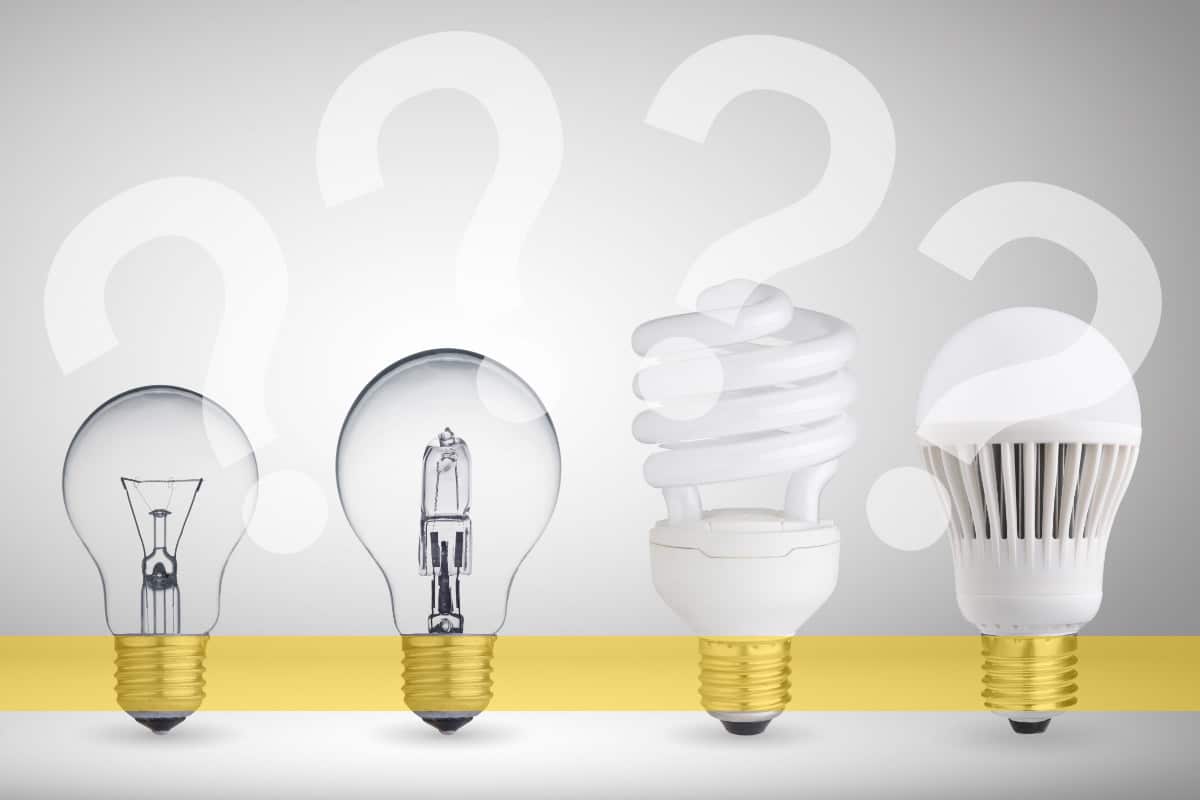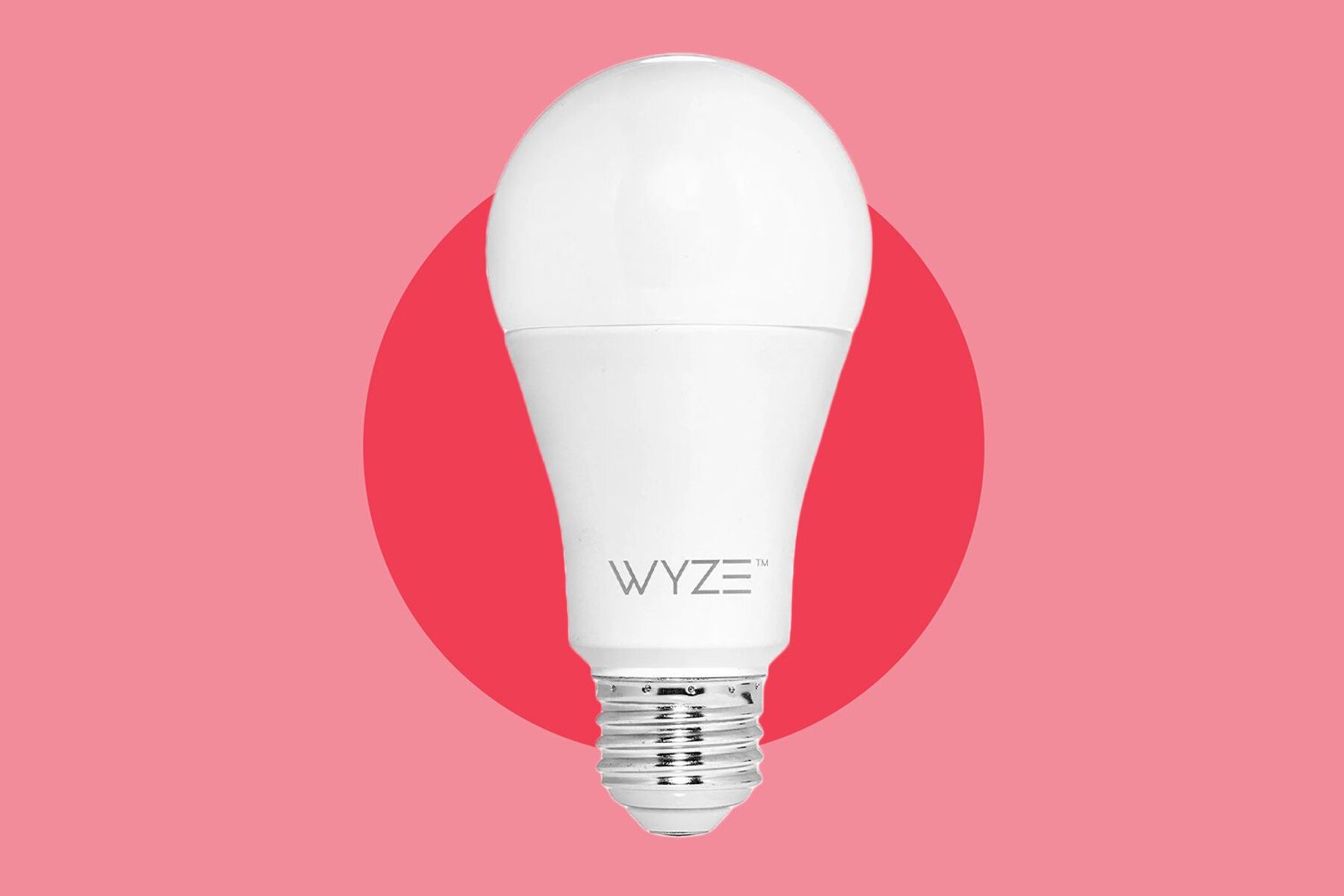Understanding Your Needs

Choosing the right light bulbs for your bedroom is crucial for creating the perfect ambiance and supporting your daily activities. The ideal bulb type depends on several factors, including your bedroom’s purpose, desired atmosphere, and personal preferences.
Bedroom Types and Lighting Requirements
The type of bedroom influences the lighting needs. For example, a master bedroom might require more versatile lighting options for reading, relaxing, and getting ready. A guest room, on the other hand, may prioritize a welcoming and restful atmosphere, focusing on softer lighting. Nurseries require specific lighting considerations, such as a soft glow for nighttime feedings and brighter light for changing diapers.
Bedroom Activities and Lighting Preferences
Different bedroom activities necessitate different lighting solutions. Reading requires bright, focused light, while sleeping calls for dim, warm lighting. Getting ready in the morning might require a combination of bright and natural light for applying makeup and styling hair.
Factors Affecting Bulb Choice
Several factors influence the choice of light bulbs for your bedroom.
- Room Size: Larger bedrooms require brighter bulbs or multiple light sources to illuminate the space effectively. Smaller bedrooms may need less powerful bulbs to avoid overwhelming the space.
- Existing Fixtures: The type of light fixture in your bedroom determines the compatible bulb types. Some fixtures are designed for specific bulb shapes and sizes, such as Edison bulbs or LED strips.
- Personal Preferences: Ultimately, the best light bulb for your bedroom is the one that best suits your individual needs and preferences. Consider factors like light color temperature, brightness level, and dimming capabilities.
Types of Light Bulbs

Choosing the right light bulb for your bedroom is crucial for creating the desired ambiance and functionality. You need a bulb that provides the right amount of light, emits a suitable color temperature, and offers good energy efficiency. Understanding the different types of light bulbs available and their characteristics will help you make an informed decision.
Types of Light Bulbs
There are several types of light bulbs available, each with its own set of advantages and disadvantages. Here’s a breakdown of the most common types:
- Incandescent Bulbs: Incandescent bulbs are the traditional type of light bulb, using a filament that heats up and emits light. They are known for their warm, yellowish light and affordability. However, they are energy inefficient, have a short lifespan, and generate significant heat.
- Halogen Bulbs: Halogen bulbs are similar to incandescent bulbs but use halogen gas to increase efficiency and lifespan. They offer a brighter and whiter light than incandescent bulbs but are still less energy efficient than LED or CFL bulbs.
- Compact Fluorescent Lamps (CFLs): CFLs use a gas-filled tube to produce light and are significantly more energy efficient than incandescent bulbs. They offer a longer lifespan and emit a cool, bluish-white light. However, they can take some time to reach full brightness and contain mercury, which requires proper disposal.
- Light-Emitting Diodes (LEDs): LED bulbs are the most energy-efficient option, offering a long lifespan and a wide range of color temperatures. They are also more durable and produce less heat than other types of bulbs. However, they can be more expensive upfront.
Color Temperature
Color temperature is measured in Kelvin (K) and determines the color of the light emitted by a bulb.
- Warm White (2700-3000K): This color temperature emits a warm, yellowish light, similar to traditional incandescent bulbs. It is ideal for creating a cozy and relaxing atmosphere in bedrooms, perfect for reading or unwinding at night.
- Cool White (3500-4100K): This color temperature emits a bright, white light that is slightly cooler than warm white. It is often used in kitchens and bathrooms but can also be suitable for bedrooms if you prefer a more stimulating environment.
- Daylight (5000-6500K): This color temperature emits a very bright, bluish-white light, similar to natural daylight. It is best for tasks that require high visibility, such as applying makeup or working at a desk. While it can be used in bedrooms, it may be too stimulating for some individuals.
Key Features of Different Bulb Types, Best light bulbs for bedroom
The following table summarizes the key features of each bulb type:
| Bulb Type | Energy Efficiency | Lifespan | Brightness | Cost | Incandescent | Low | Short (750-1000 hours) | Low | Low | Halogen | Moderate | Moderate (2000-3000 hours) | High | Moderate | CFL | High | Long (6000-10000 hours) | Moderate | Moderate | LED | Very High | Very Long (25000-50000 hours) | High | High |
|---|
Note: These are general estimates, and specific features can vary depending on the manufacturer and model.
Choosing the Best Bulbs for Your Bedroom: Best Light Bulbs For Bedroom

Creating the right lighting for your bedroom can significantly impact your sleep quality, mood, and overall well-being. By understanding your needs and the various types of bulbs available, you can design a lighting plan that caters to your specific preferences and activities.
Selecting Bulbs for Different Bedroom Activities
The type of bulb you choose will depend on the specific activity you are engaging in. For example, a bright white light is ideal for reading or working, while a soft, warm light is better suited for relaxation or sleep.
- Reading or Working: For tasks requiring concentration, opt for bulbs with a higher color temperature (4000K-6500K), which produce a bright white light similar to daylight. This will help to reduce eye strain and improve focus. For example, a 60-watt equivalent LED bulb with a color temperature of 5000K is a good choice for reading or working at a desk.
- Relaxation or Sleep: A warm white light (2700K-3000K) is more conducive to relaxation and sleep. This type of light mimics the natural light of the sunset and helps to signal to your body that it’s time to wind down. For example, a 40-watt equivalent LED bulb with a color temperature of 2700K is a good choice for bedside lamps or ambient lighting.
- Accent Lighting: To highlight specific features in your bedroom, such as artwork or a headboard, consider using accent lighting. You can use a variety of bulb types, including LED, halogen, or incandescent, depending on the desired effect. For example, a set of dimmable LED spotlights can be used to illuminate a painting on the wall, while a string of warm white fairy lights can add a touch of whimsy to a bookshelf.
Maximizing Energy Efficiency and Minimizing Light Pollution
Energy-efficient lighting can significantly reduce your electricity bill and contribute to a more sustainable lifestyle. Here are some tips for maximizing energy efficiency and minimizing light pollution in your bedroom:
- Choose LED bulbs: LED bulbs are the most energy-efficient option available, using up to 80% less energy than traditional incandescent bulbs. They also last much longer, typically 25,000 hours or more, reducing the need for frequent replacements.
- Use dimmers: Dimmers allow you to adjust the brightness of your lights, reducing energy consumption and creating a more relaxing atmosphere. For example, dimming the lights in your bedroom before bed can help to promote sleep.
- Avoid excessive lighting: Use only the lights you need and turn off lights when you leave a room. Overlighting can be wasteful and disruptive to sleep.
- Consider using blackout curtains: Blackout curtains can help to block out unwanted light from outside, reducing light pollution and improving sleep quality. For example, a study by the National Sleep Foundation found that people who sleep in completely dark rooms get an average of 15 more minutes of sleep per night.
Best light bulbs for bedroom – Choosing the right light bulbs for your bedroom can make a big difference in creating a relaxing and comfortable atmosphere. However, if you’re noticing small black bugs crawling around, it might be time to investigate the source of the problem.
You can learn more about identifying, eliminating, and preventing these unwelcome guests by reading about black bugs in bedroom. Once you’ve dealt with the infestation, you can focus on selecting the perfect light bulbs to enhance your bedroom’s ambiance.
Choosing the right light bulbs for your bedroom can make a big difference in creating the ambiance you desire. For a calming and sophisticated feel, consider a warm white light that complements the colors you’ve chosen for your decor.
If you’re drawn to a bright and cheerful space, you might find inspiration in yellow and grey bedroom pictures which often feature soft, warm lighting. Ultimately, the best light bulbs for your bedroom are the ones that create the atmosphere you want to experience every night.